Mediterranean Cauliflower and Quinoa Salad with Hazelnut Dukkah
Course: Salads3
servingsThe only thing I love more than roasted cauliflower is a roasted cauliflower salad. Something magical happens to cauliflower when it hits that caramelized/slightly charred zone, and pairing it with grains and herbs elevates it even further.
We eat a lot of roasted cauliflower in my house because it’s on the short list of vegetables my five year old devours. I tend to make large batches of it because I think the leftovers taste wonderful the next day, cold (directly out of the tupperware, standing with the fridge wide open, naturally). One day, instead of cramming all the cauliflower into my mouth while contemplating what to eat next, I turned it into a post workout salad and it was magnificent. From that day forward, I learned restraint and have been flipping my leftover cauliflower into salads such as this one.
I’m using my foolproof method for roasting cauliflower in this recipe, but adding a spice blend into the mix to amplify the Mediterranean vibes of this recipe. Quinoa is our grain for this salad, and I added chickpeas for some added texture and protein. Also included are a hefty amount of fresh parsley to brighten all the flavors, Kalamata olives, capers, and preserved lemons which amp up the Mediterranean vibes of this salad.
Preserved lemons are a staple in North Africa and the Middle East, however, despite being Arab, I had never tasted a preserved lemon until the lovely folks at Mina Foods sent me a jar to taste. They are salty, citrusy, and a little funky, so a little goes a long way. If you cannot find them, simply use the zest of one lemon.
Finally, the salad is finished with Hazelnut Dukkah. Dukkah, a mixture of nuts, seeds, and spices, dukkah is another condiment common across North Africa (originally from Egypt). The word dukkah comes from the Arabic word “to pound” or “to crush,” referring to the method of using a mortar and pestle to pound or crush the ingredients. The classic version typically contains hazelnuts, sesame seeds, and coriander seeds, and my recipe is a pared down version of the classic variety. You can use ground spices for whole, which you likely have in your pantry already.
Ingredients
1 medium head cauliflower, to yield 4 cups of florets
3 cups cooked quinoa
1 1/2 cups chopped parsley
1 cup canned chickpeas, rinsed and drained
1/2 cup chopped kalamata olives
1 1/2 tbsp capers
1 tbsp preserved lemons, chopped finely (I used Mina brand. If you cannot find them, sub the zest of one lemon.)
1/2 tsp ground turmeric
1/2 tsp smoked paprika
1/2 tsp granulated garlic
Extra virgin olive oil
2-3 tsp seasoned rice wine vinegar (if using plain rice wine vinegar, whisk 1 tsp honey into 1 tbsp of vinegar before using)
Kosher salt
- Hazelnut Dukkah
1/2 cup toasted hazelnuts (use instructions for toasting below)
1/4 cup sesame seeds
1/2 tsp ground coriander
1/2 tsp ground cumin
1/2 tsp Kosher salt
Directions
- In a small bowl make cauliflower spice blend by combining turmeric, smoked paprika, granulated garlic and 1/2 tsp Kosher salt.
- Place a sheet pan on middle rack in oven and preheat to 450° F. Slice the base off the cauliflower cut it into one inch pieces. Drizzle 2-3 tbsp of olive oil onto cauliflower and rub to coat thoroughly. Sprinkle cauliflower spice blend over cauliflower and rub to distribute evenly.
- Once the oven is preheated, carefully remove the sheet pan and place cauliflower florets onto the sheetpan spacing them out evenly. Place the pan back into the oven. You will cook the cauliflower for appx. 25 minutes total, flipping the florets once, halfway through. (The size of your florets determine the cooking time. Smaller florets may take closer to twenty minutes to cook.)
- Once finished cooking, allow cauliflower to cool.
- Once cauliflower is cool enough to handle, place in a large bowl and add quinoa, chickpeas, parsley, olives, capers, and preserved lemon.
- Add 2-3 tsp of olive oil and 2-3 tsp of rice wine vinegar to salad and toss. We are dressing this salad lightly because so many of its components are already “wet”. Plate salad and sprinkle liberally with Hazelnut Dukkah.
- Hazelnut Dukkah
- Toast hazelnuts and sesame seeds: Preheat oven to 350° F. Using 2 separate sheet pans, spread nuts/seeds in a single layer and place in oven. Hazelnuts will take about 10-11 minutes, and sesame seeds 6-8 minutes. You will need to check on them every few minutes to ensure they do not burn. I shake the pan to agitate them once or twice during cook time.
- Add hazelnuts to your food processor and pulse until nuts are coarsely chopped. Add the remaining ingredients and pulse until and ingredients are just combined. Don’t over-process, as you don’t want the mixture too fine, or worse, become a paste.
Notes
- I am an independent blogger and product reviews I share are based on my own opinions. Some of the links in this post are affiliate links and when used to make a purchase I may earn a commission. I link to these products because of their quality and not because of the commission I receive from your purchases.









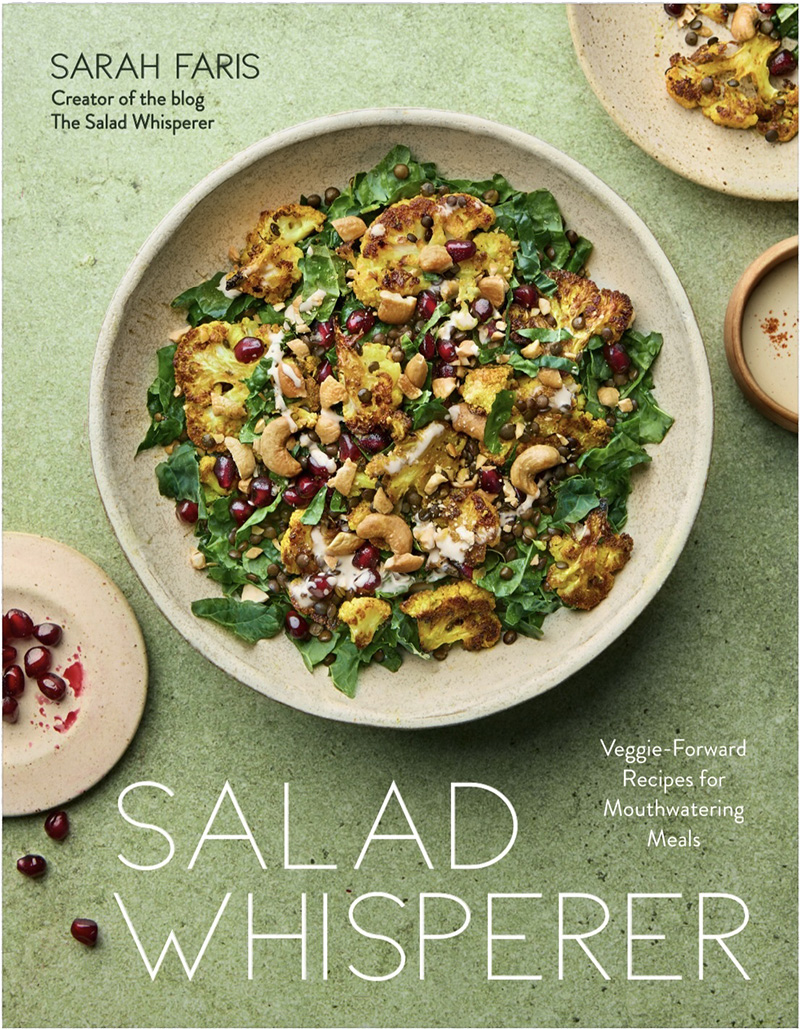
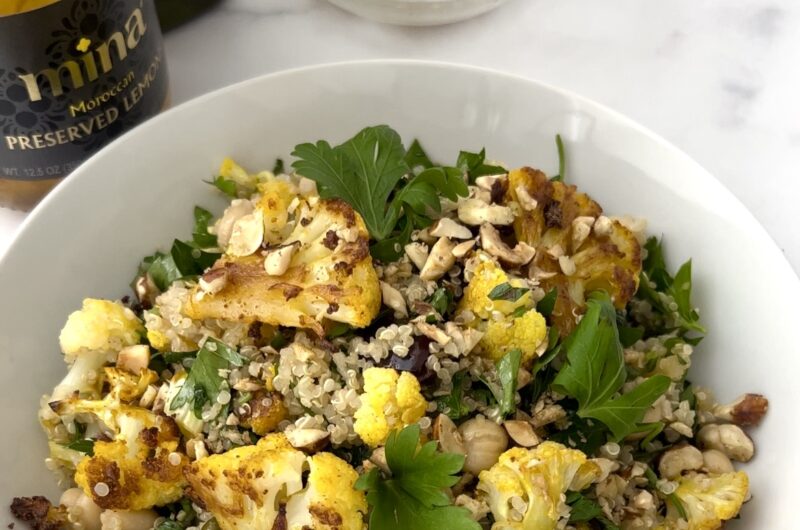
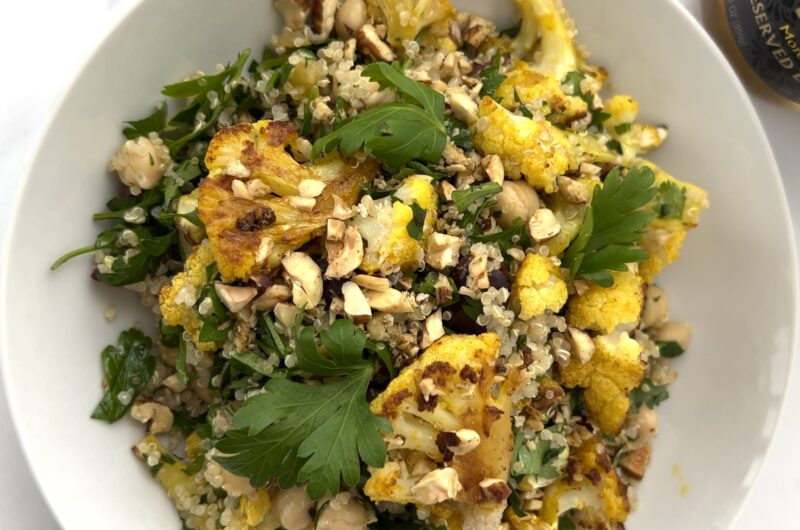
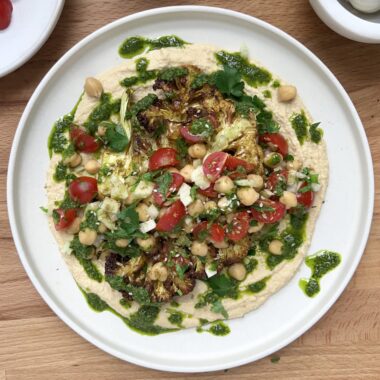
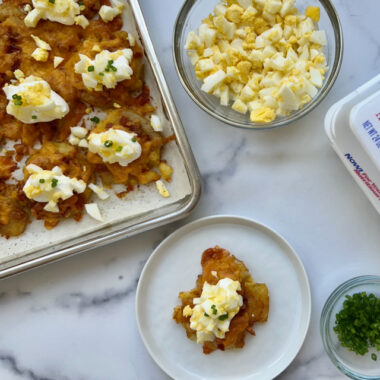


Recent Comments